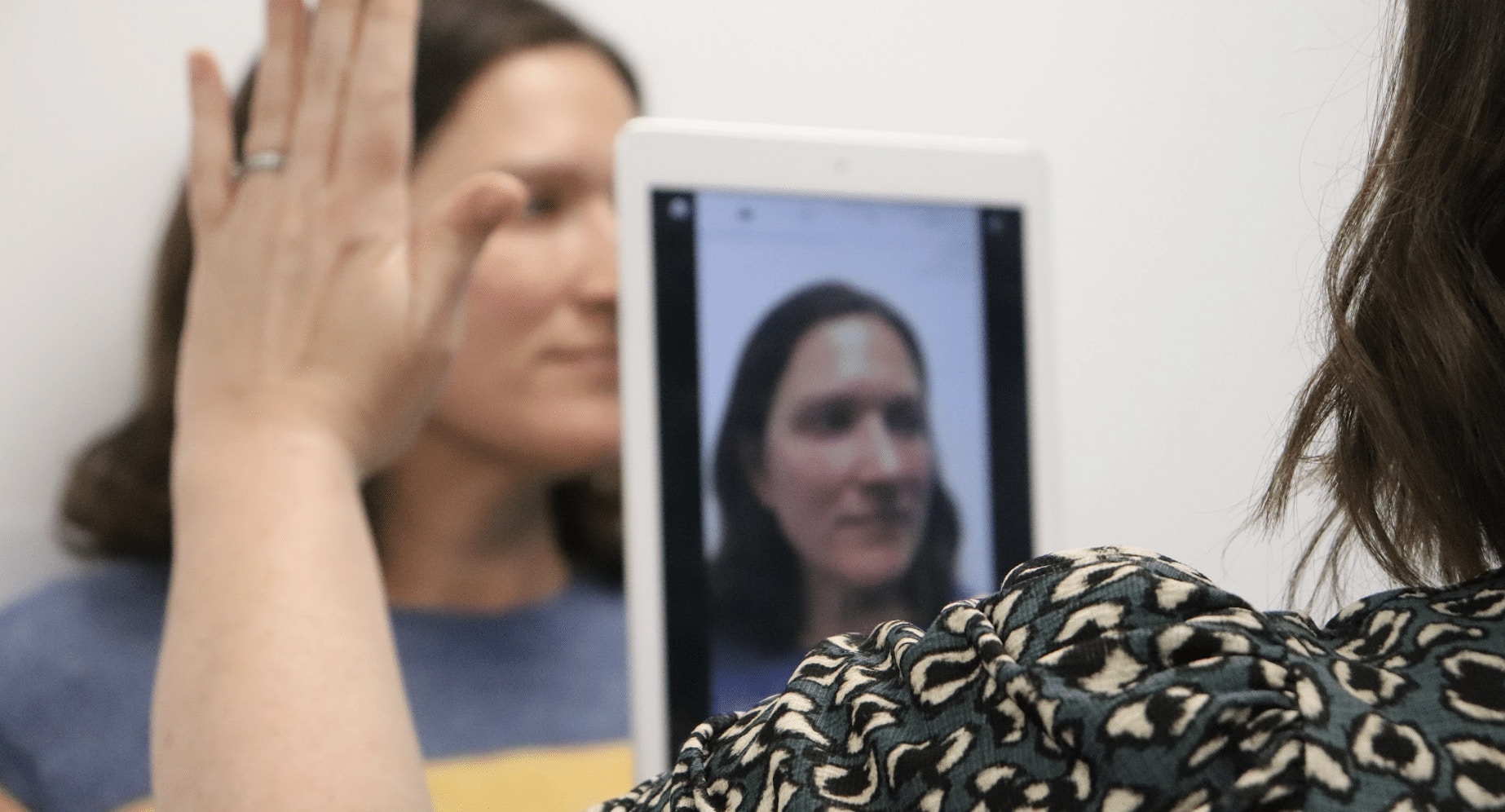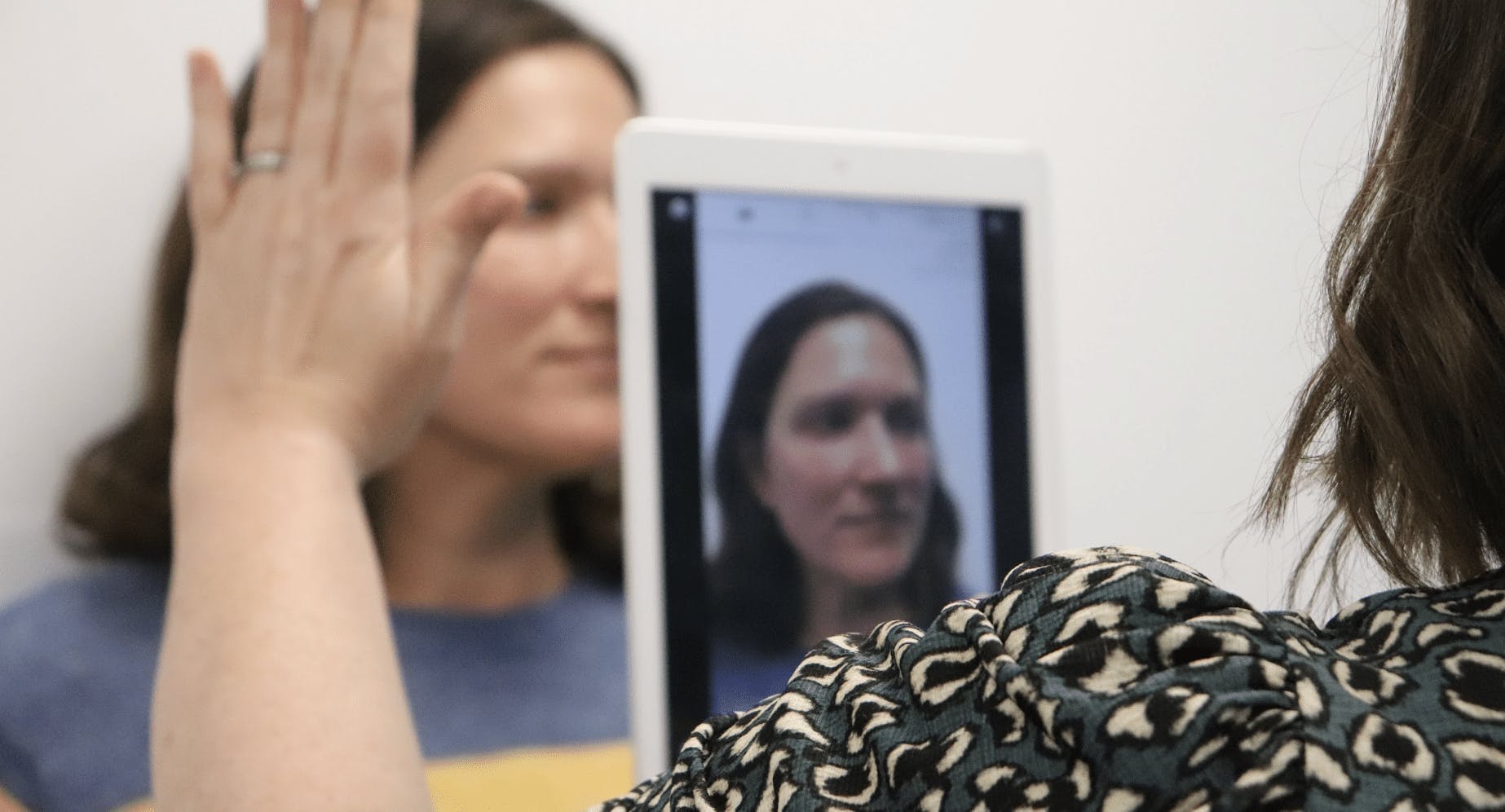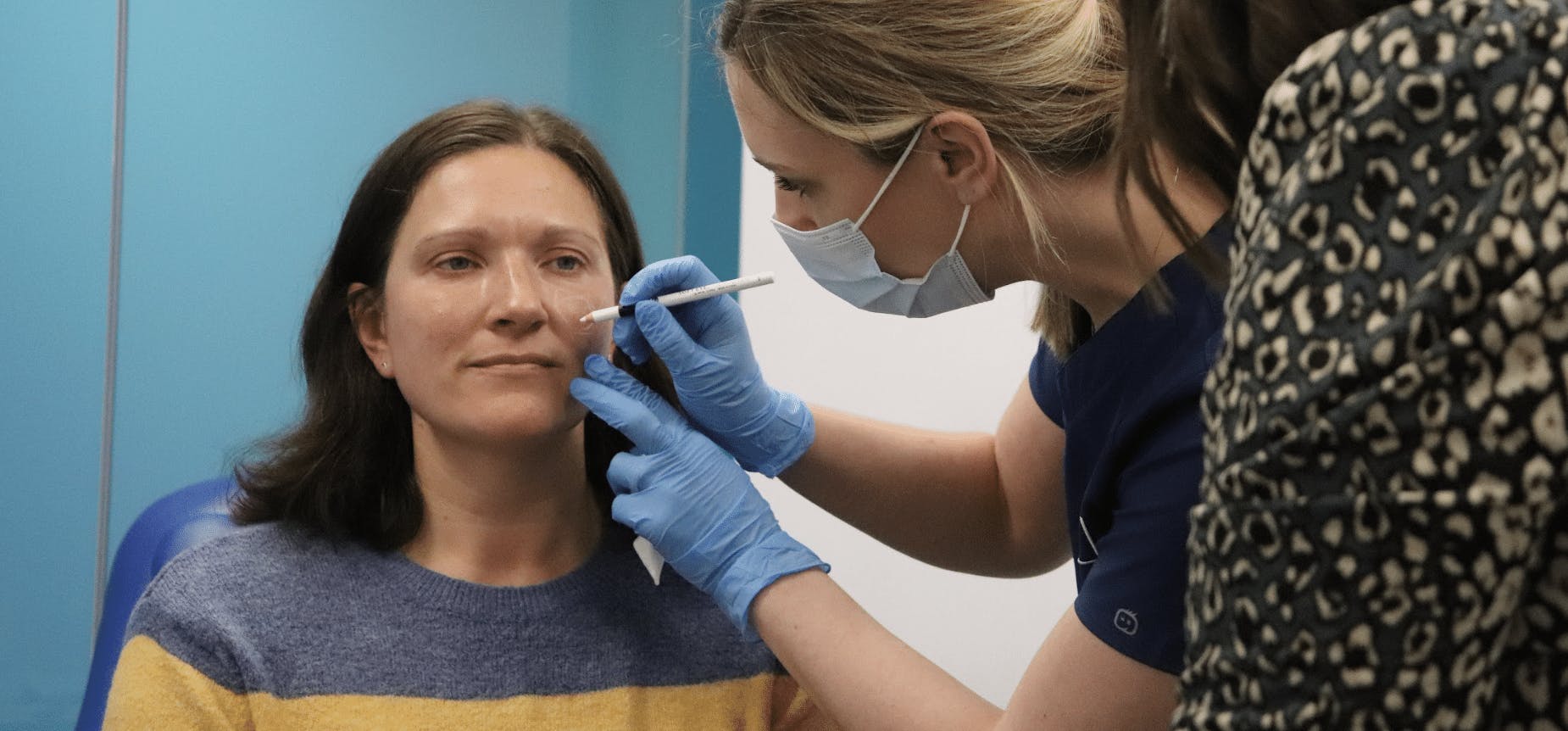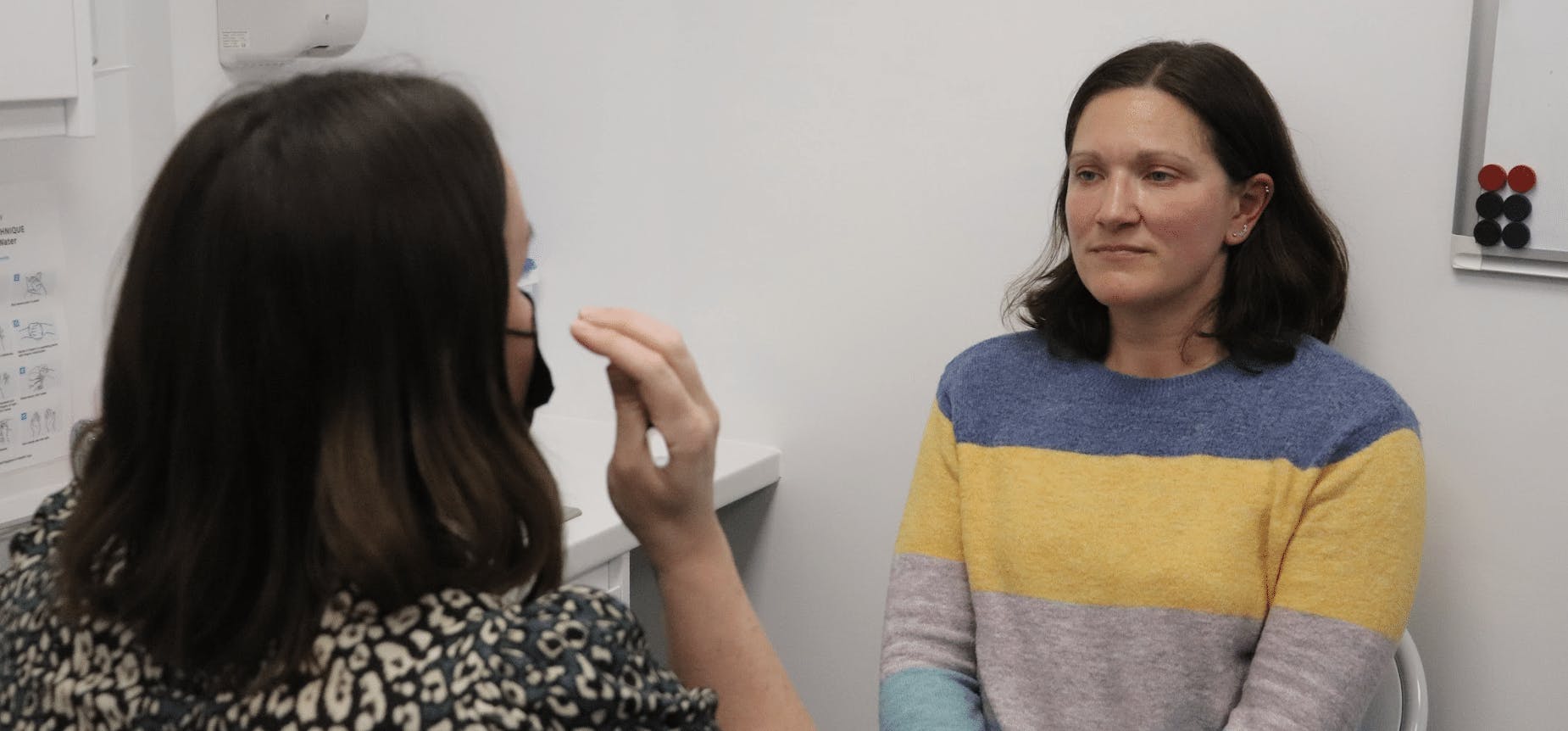Put Filler Treatment Patients at ease using photography

Using photography more intensely than just for medical documentation and insurance can help to put filler treatment patients at ease. When done well, it can help certain patients feel safe, confident and relaxed in your hands.
To inspire confidence as an injector, you may want to lean into the ‘theatre’ of medical aesthetics when ‘performing’ filler treatments.
As the very nature of aesthetics is a visual experience, you can exemplify this during their time with you.
Here we disclose one of the secrets to instilling trust in your aesthetics patients through photographic showmanship...

Use of reference material when administering filler treatments
Ask your patient to show you a photo
Ask your patient to bring with them, or pull up on their phone, a photograph of when they were younger. This gives a great baseline, especially for those with rejuvenation and restoration goals.
It should show them when they were happiest with their appearance and give you an idea of what they’d like to achieve from their filler treatments.
As part of the consultation, take a few minutes to study this photograph. Ask questions. Really actively listen to their answers. Find out what they liked about their facial appearance as well as what they want to improve.
Explain your treatment plan in relation to the image and, if the desired result is not achievable, or will take a number of sessions to get to, explain this. Again, use the photo as a reference tool – a ‘prop’, if you will.
This first step shows that you’re doing your homework to try and understand them. You care enough to really put some thought into their filler treatments and achieving their individual goals through understanding their drivers for treatment. You’re not trying to give them a perfunctory ‘one size fits all’ treatment. You’re focussed solely on them and what they want to achieve.

Refer back to the photo whilst marking up and administering fillers
Taking this one step further, you can keep the photo to hand as you’re marking up and injecting. When you’re more confident, you may wish to have it on a screen that you and the patient can see from where you’re injecting. If not, have it close by, though obviously outside your sterile field.
You can also refer back to this photo and your patient’s face, comparing both, throughout the procedure. It’s important to do this assertively. Otherwise, it may come across as a lack of confidence in your own ability or a lack of clarity with the treatment plan.
If patients are particularly nervous and demanding, this method can make them feel more confident. However, do consider that this will also likely increase the length of procedure time. This is due to the process itself and the discussion it may stimulate between yourself and the patient. It will also be quite a distracting process for less experienced injectors.
By consistently referring to this photo throughout, the patient is likely to feel more seen, heard and understood. You are expressing real care about getting it right and delivering on their desired outcomes.
When this approach is used in a subtle, confident, but natural way, with an air of professionalism and expertise, it should offer comfort. It shows your attention to detail and commitment to getting the results they want. Additionally, it reassures them of your highly personalised methodology.

Talk them through their results in relation to the photo provided
Again, involve your ‘prop’ – the photo – when discussing what you did, how their results are looking and why. Explain the difference between the volume they had when they were younger, how they presented in clinic and the goals they detailed, and how they’re looking now, post-filler treatments, using positive and constructive terminology.
Some patients dislike photography and having photographs taken. It may feel very uncomfortable and confrontational for them to see images of themselves from the past or now. As such, this method is not appropriate for all, though certain patients will enjoy this approach. You’ll increasingly get a sense of which patients will respond well to this way of using photography. Use this to adapt your approach as appropriate.
Learning how to deal with aesthetics patients
When it comes to learning how to deal with aesthetics patients, outside of the technical and theoretical, practice really is key.
Harley Academy aesthetics training courses are run from a live, working clinic in order to give you that experience. You’ll learn what it’s like to work in a busy aesthetics clinic, dealing with patients of all ages, genders, ethnicities and personality types, as well as a whole breadth of different cosmetic concerns.
Our experienced Faculty members will supervise you during one-to-one mentoring and Masterclasses. This ensures you get the most out of your sessions with the benefit of their specialist knowledge. As you’ll likely be mentored by a number of our clinical trainers, you can gain a wealth of knowledge and real world insights from each of them.
What’s most important is to use all the information you gather to find the right balance and approach that works for you as a cosmetic doctor, dentist or nurse. The more confident and comfortable you are with your patients, the better they’ll feel too. And the more of their friends they’ll refer to you!
All information correct at the time of publication.
Download our full prospectus
Browse all our injectables, dermal fillers and cosmetic dermatology courses in one document
By submitting this form, you agree to receive marketing about our products, events, promotions and exclusive content. Consent is not a condition of purchase, and no purchase is necessary. Message frequency varies. View our Privacy Policy and Terms & Conditions
Attend our FREE open evening
If you're not sure which course is right for you, let us help
Join us online or in-person at our free open evening to learn more
Our Partners














STAY INFORMED
Sign up to receive industry news, careers advice, special offers and information on Harley Academy courses and services

